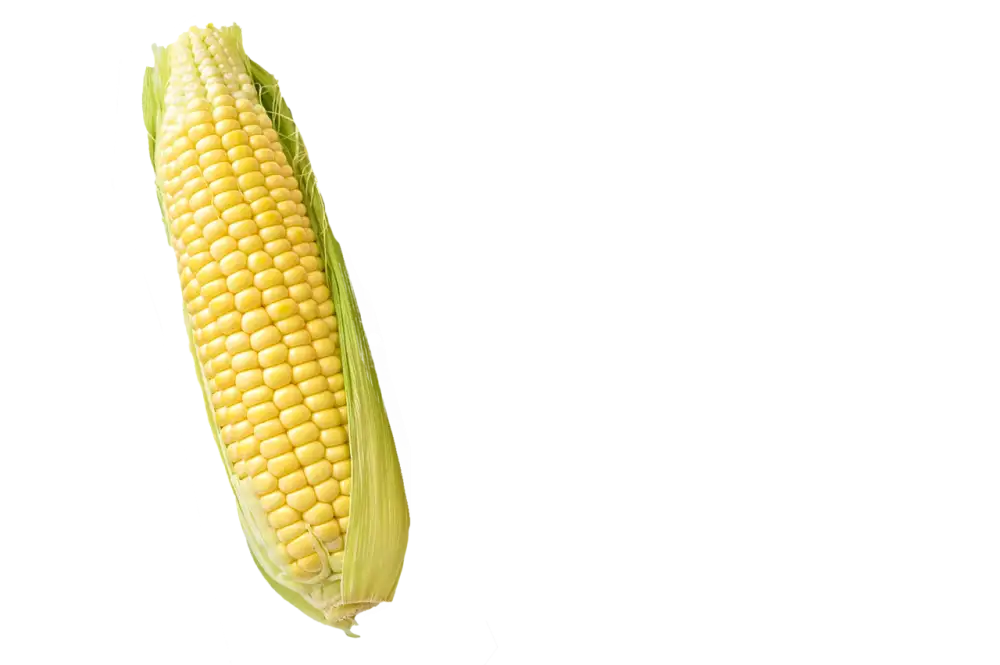Unveiling the Surprising Health Effects of Eating Corn Starch: Understanding Pica and Its Consequences

Corn starch, a common ingredient found in many culinary dishes and food products, has gained attention for its connection to a disorder known as pica. Pica is characterized by the persistent craving and consumption of non-food substances such as dirt, clay, and in this case, corn starch. While it may seem unusual to some, the urge to eat corn starch is more common than one might think. In this article, we will delve into the surprising health effects of eating corn starch and explore the underlying causes of pica.
Understanding pica and its causes
Pica is a disorder characterized by the persistent craving and consumption of non-food substances, such as corn starch. While the exact causes of pica are not fully understood, it is believed to be linked to nutritional deficiencies, particularly iron and zinc. Other factors that may contribute to pica include pregnancy, cultural practices, developmental disorders, and mental health conditions like obsessive-compulsive disorder. It is important to recognize that pica can have serious health consequences and should not be dismissed as a harmless habit.
Exploring the potential health risks of consuming corn starch
Consuming corn starch can pose potential health risks due to its high carbohydrate content. Excessive intake of carbohydrates can lead to weight gain and increase the risk of developing conditions such as obesity, diabetes, and heart disease. Additionally, corn starch lacks essential nutrients like vitamins, minerals, and fiber, which are crucial for maintaining overall health. It may also disrupt blood sugar levels and contribute to spikes in insulin production. Therefore, it is important to consume corn starch in moderation and prioritize a balanced diet that includes a variety of nutrient-rich foods.
Discussing the nutritional value of corn starch
Corn starch is a popular ingredient used in various culinary preparations, but its nutritional value may not be as impressive as its versatility. While it is a good source of carbohydrates, providing energy to the body, corn starch lacks essential nutrients like vitamins, minerals, and fiber. It is essentially a refined product that has been stripped of its natural components during processing. Therefore, it is important to consume corn starch in moderation and ensure a well-balanced diet that includes a variety of nutrient-rich foods to meet your nutritional needs.
Tips for managing and overcoming the urge to eat corn starch
1. Identify triggers: Pay attention to situations or emotions that lead to cravings for corn starch. Understanding your triggers can help you develop strategies to avoid or cope with them.
2. Find alternatives: Replace the habit of eating corn starch with healthier alternatives such as crunchy vegetables, nuts, or seeds. These options can provide a similar texture and satisfy your cravings.
3. Distract yourself: When the urge to eat corn starch arises, distract yourself by engaging in activities that keep your mind occupied. This could include hobbies, exercise, or spending time with friends and family.
4. Seek support: Reach out to friends, family members, or support groups who can offer encouragement and understanding during your journey to overcome pica. Sharing your experiences can provide valuable insights and motivation.
5. Practice stress management techniques: Stress can often trigger unhealthy cravings. Incorporate stress-reducing activities into your daily routine, such as meditation, deep breathing exercises, or yoga.
6. Gradually reduce consumption: If you find it challenging to quit eating corn starch cold turkey, try gradually reducing your intake over time. Set achievable goals and celebrate small victories along the way.
7. Consult a healthcare professional: If you're struggling to manage your urges or experiencing severe health consequences from pica, it's essential to seek professional help. A healthcare provider can offer guidance tailored specifically to your needs.
Remember, overcoming the urge to eat corn starch is a process that requires patience and perseverance. With the right strategies and support system in place, you can successfully manage pica and embrace a healthier approach to eating.
Seeking professional help and support for pica and related concerns
Seeking professional help and support is crucial for individuals struggling with pica and its related concerns. If you find yourself unable to control the urge to eat corn starch or other non-food substances, it is important to reach out to a healthcare professional or a registered dietitian. They can provide guidance, assess any underlying nutritional deficiencies, and develop a personalized treatment plan. Additionally, joining support groups or seeking therapy can also be beneficial in addressing the psychological aspects of pica. Remember, seeking help is a sign of strength and can lead to a healthier and more balanced approach to eating.
In conclusion, while corn starch may have some surprising health effects, it is important to approach its consumption with caution. Pica, the urge to eat non-food substances, can be a serious condition that requires professional help and support. It is crucial to prioritize a balanced and healthy approach to eating, focusing on nutrient-dense foods that provide essential vitamins and minerals. By understanding the potential risks of consuming corn starch and seeking appropriate guidance, individuals can make informed choices for their overall well-being. Remember, a varied and balanced diet is key to maintaining good health.
Published: 14. 01. 2024
Category: Health



